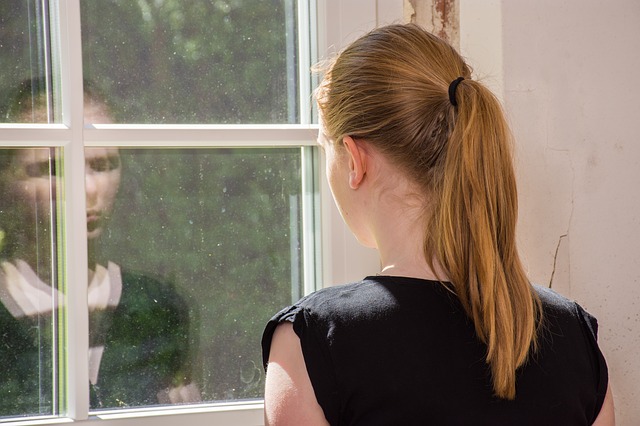In previous posts I have discussed the role of music as a pathway to mindfulness focussing on the features that music and meditation have in common such as inner harmony, patience and deep listening. Alexandre Tannous has researched the role of music in therapy, in different cultures and philosophical perspectives. In a recent presentation for The Being & Doing Summit, he emphasised the power of music to heal, express emotion and deepen our awareness. He provides a range of sound meditations through his album, Sound Submersion – Volume 1, which incorporates musical instruments, such as the Tibetan Singing Bowl, that produce overtones.
Sound therapy
Sound therapy uses sonar frequencies to reignite and re-balance the energy frequency in the body. It can lead to healing and deep calm by enabling people to use the body’s natural healing powers to promote health and inner harmony. The applications of sound therapy are numerous, including its use with dementia and Alzheimer patients to stimulate memory recall. A social worker, Dan Cohen, discovered the power of music, aligned to personal preference, to help Alzheimer patients to access memories that have been locked away and normally inaccessible to them. The story of this amazing research was captured in the film, Alive Inside: A Story of Music and Memory. Sound therapy has also been used very effectively with seriously wounded veterans who can recapture or learn the skill of playing a musical instrument and discover a way to express their thoughts and feelings through music.
As an ethnomusicologist, Alexandre has travelled to over 40 countries to study music in different cultural and social settings. While he acknowledges that sound therapy has had a major resurgence in recent times, he maintains that it is an ancient practice, especially in Eastern philosophies. Alexandre explains that sound therapy often involves overtones, sound freqencies over and above a fundamental frequency, that we rarely hear because we are unaware of them and because the fundamental frequency is so strong that it dominates our hearing. Alexandre’s music compositions focus on “overtone-emitting” musical instruments such as the Thai Gong employed in Thai and Burmese temples.
Sound and mindfulness
Alexandra’s audio recordings provide the basis for sound meditations using different instruments. He identifies multiple benefits of sound meditation based on his extensive research over many years. Among the benefits are the development of inner harmony and equanimity, “ability to access and release trauma“, capacity to break habituated behaviour patterns that are unproductive, enhancement of self-awareness, development of higher levels of consciousness and stimulation of empathy and compassionate action. In the final analysis, sound therapy builds our awareness muscle through enhancing our concentration, listening and focusing skills.
As with other forms of meditation, there will always be intrusive thoughts. Alexandre suggests that we just let them pass, not entertain them and return to our focus on the music. Sound is truly transformative and if we adopt a deep listening posture during our sound meditation, it can improve our mental health and overall well-being.
Reflection
We often overlook the power of sound to deepen our consciousness and heal our mind and body. As we grow in mindfulness through sound meditation, we can enrich our lives in multiple ways, not the least of these is enhancing our self-awareness and awareness of others. Through sound meditation, we can build the capacity to deal with the waves of life – the ups and downs of everyday existence.
____________________________________________
Image by Jiradet Inrungruang from Pixabay
By Ron Passfield – Copyright (Creative Commons license, Attribution–Non Commercial–No Derivatives)
Disclosure: If you purchase a product through this site, I may earn a commission which will help to pay for the site, the associated Meetup group and the resources to support the blog.









